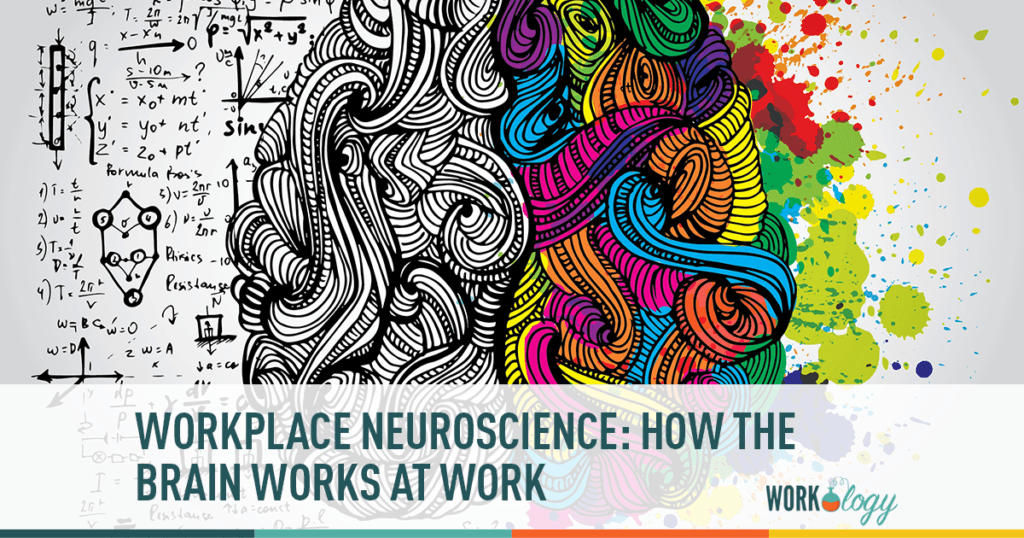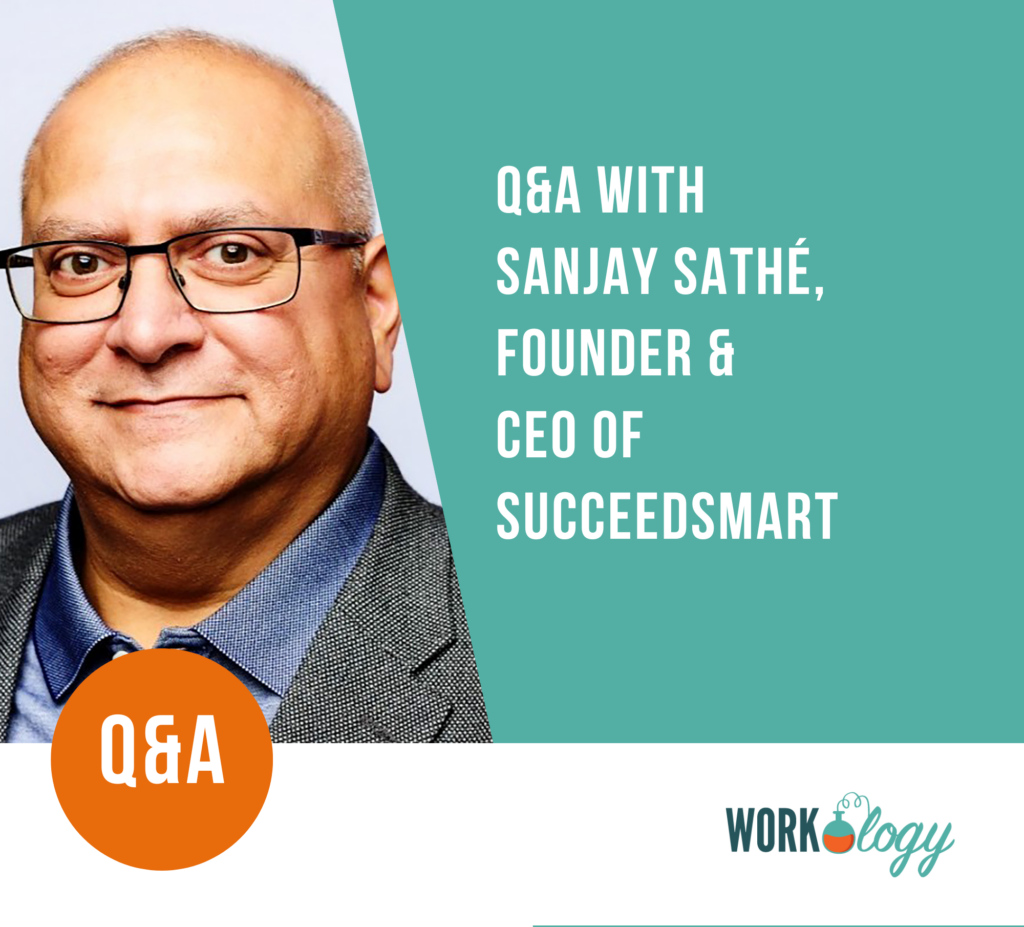Change is hard especially at work and studies now show that because we are reluctant to change we are also programmed to fail. In 1995, seventy percent of all major changes in an organization failed. In 2008, we are still sitting at a thirty percent rate of success. The rise of importance and use of change management as well as tactics, strategies, and theory hasn’t changed a thing.
Workplace Neuroscience: How the Brain Works at Work
As humans we are reluctant to change. We yearn for instant results, and that is purely the fault of evolution. Except that evolution can be used against us or maybe to better understand ourselves. The choice of which is up to you.
Enter Marketing Neuroscience and Neuromarketing
You may have heard of the growth of scientific field of Neuromarketing. I first read about this new emerging field of marketing in late 2011 after picking up a copy of Fast Company. Researchers are using brain scans and other data to develop a direct correlation between brain function and consumer behavior. I immediately wondered if the science of how the human brain works could be applied to human capital management practices like hiring, candidate science, and the workplace. After all, isn’t this why big data is so important at work? We want to improve our odds in business. Improve our company’s success and impact the bottom line. Hire, better, faster, and be more productive….yes.
Workplace Science Drive Organizational Change Management
Workplace neuroscience experts, like Reut Schwarz-Hebron say yes. Using the increased technology and recently breakthroughs on the science of the brain, we are gaining an understanding in how different parts of the brain function. More importantly, how do we prevent failure at work?
According to brain scientists, creating new neuronal pathways is the answer. Reinforcements of these novel actions are necessary for the development of these circuits. I compare this to beginning a new exercise or training regimen. You have a routine or response that has been developed that is determined by a pathway. Perhaps eating fast food or skipping exercise is simpler. The neurons in your brain make it pleasant for you. In actuality, it serves as our standard reply. Additionally, altering your exercise and diet routines entails developing a new habit and pathway that calls for learning, preparing, engaging, positive acknowledgment, and carrying out. Additionally, managers must actively take these actions to support and positively influence change within the company and among their people.
Managers Leading Organizational Change
There are more components to this reprograming than a typical email or message from the CEO. According to brain research and workplace neuroscience, organizational leaders must concentrate on their employees and support the development of new neuropathways for their employees in everything they do if they want their organizations to prosper and their staff to embrace change. In fact neuroscience training is a growing trend for the workplace. Human resource professionals and company managers must focus on the science of organizational change in everything they do from launching a new training program, workplace process, or employment video.
In short, add neuroscience expert to the long laundry list of manager and leadership skills and qualities an effective manager must now have in their toolkit to be an effective, dynamic, and successful leader for the organization. Are you ready?










One Comment
Jessica:
I recently read the book “The Power of Habit: Why We Do What We Do in Life and Business” (Author Charles Duhigg) that tracks a theory similar to the neuroscience training concept explored above. I found the book interesting and compelling, especially as to consumer buying. Now every time I get a coupon from Target when I go through the checkout line, I see it from a different perspective.
Keep up the good work on the blog.
Comments are closed.